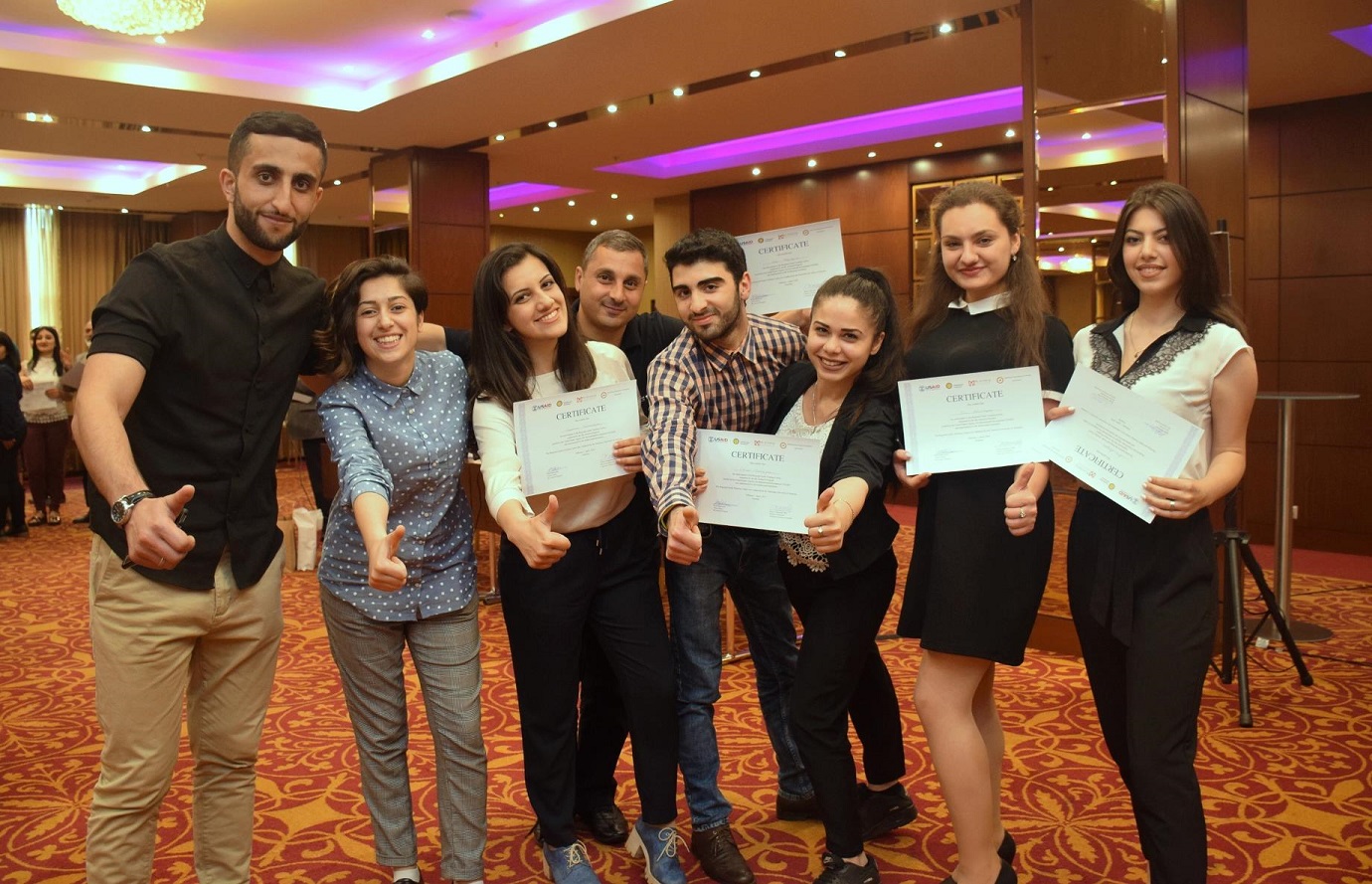
Introduction
Armenian youth are a crucial human resource and valuable asset with enormous potential to be active, positive contributors to the country’s democratic development and economic growth. Youth played a central role in the April-May 2018 events that led to the peaceful transition of power, standing with the opposition leader Nikol Pashinyan, raising their voice and ensuring the critical mass for the success of a peaceful transition.
A unique window of opportunity exists to tap into the commitment and creativity of Armenia’s youth, and to advance the change started with the 2018 peaceful political transition. USAID/Armenia will support and engage Armenia’s newly-inspired youth in their quest for a better, more prosperous and inclusive Armenia.
About the Assessment
In preparation for its next five-year strategy, USAID/Armenia commissioned YouthPower Learning to conduct a Cross-Sectoral Youth Assessment (CSYA) using a Positive Youth Development (PYD) lens to better understand the status and aspirations of Armenian youth ages 15-29 in their journey from adolescence to adulthood—a transition that includes starting a productive working life, developing healthy lifestyles, and exercising citizenship.
The youth assessment serves as the basis for strategic planning and future programming decisions, including the extent to which such plans and programs will target or include youth under the 2019-2023 CDCS and resulting activities. To this aim, the CSYA provides a detailed understanding of the drivers that motivate youth, identify the obstacles or constraints that undermine their contributing to Armenia’s political, economic, and social well-being in a meaningful way, and identify opportunities to optimally support youth and guide the Mission toward a more strategic engagement with Armenian youth as: a) beneficiaries and participants of sustainable Armenia-owned development solutions that can be brought to scale over time and, b) key actors empowered to identify and prioritize challenges and propose innovative solutions to the country’s democratic development and economic growth.
Key Findings:
- Significant gender gaps exist in education, and while girls and boys largely have equal access to schooling, young women’s participation in the labor market and in civic and political life is highly constrained compared with young men. Additionally, youth in remote and border areas, youth with disabilities, and youth from poor families lack equal access to opportunity.
- Youths’ priorities and aspirations were remarkably similar across groups and focus on quality of life – financial security for themselves and their families seemed to be the most critical value for all youth.
- Youth and adult respondents were universally critical of the quality of Armenian education.
- Armenian youth face many challenges in pursuing their livelihoods. Rates of youth unemployment, informal employment, and of those not participating in education, employment, or training are all high in Armenia.
- Armenian youths’ civic and political participation has increased in recent years, particularly in urban areas.
Youth still largely believe that they can influence the direction of the country, and about half of the discussion group respondents indicated youth were interested in civic engagement. There are a number of opportunities to optimally support youth and guide USAID toward a more strategic process of engagement with Armenian youth. Youth programming that links with promising existing structures and programs, and those that emphasize the areas of skills building, employment and entrepreneurship, and political and civic engagement could be the most successful.
